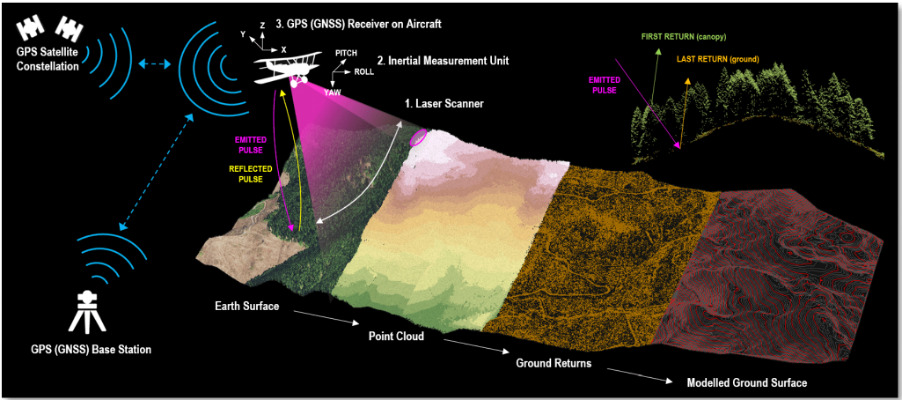A Christmas Miracle: Legacy Minerals finds thousands of historic workings at Drake

A LiDAR survey found a 100% increase in historic workings at Drake, up from 1663. Pic: Getty Images
- Legacy Minerals finds mine shafts, adits, workings and trenches at Drake project
- Data from LiDAR survey highlights brownfields exploration opportunities
- Survey showcases one of the largest mineral systems in NSW.
Special Report: Legacy Minerals says a light detection and ranging survey over its Drake project in NSW has identified a plethora of historical mines and workings, including 319 mine shafts, 250 adits, 2224 workings and 502 trenches.
Mining in the Drake area began in the late 1850s, with gold first discovered at Newmans Pinch (White Rock North) and later the discovery of antimony with the Australian Antimony Company operating from the early 1870s.
Gold, copper and silver mining activities occurred throughout the 1900s at Red Rock, Emu Creek and Mt Carrington right up to the early 1990s.
This survey has essentially provided high-resolution aerial photography and bare-earth digital terrain model (DTM) that ‘strips away’ the vegetation to clearly reveal underlying geology and structural details beneath.
And along with highlighting a 100% increase in historical workings (from approximately 1663), the survey also showed an extensive mineral system footprint at the project, found historical drill pads that were previously unable to be located, and trenches and shafts that have not been subject to modern sampling and drilling.
Plenty of brownfield exploration opportunities
Legacy Minerals (ASX:LGM) says the data from the LiDAR survey is encouraging as the limited areas drilled to date have returned substantial mineralised intercepts, highlighting these new undrilled zones as significant opportunities.
“The results from the Drake LiDAR survey are truly exceptional and have significantly expanded the number of known historical mining and prospecting occurrences across the district,” CEO and MD Christopher Byrne said.
“The scale and density of workings are quite impressive and provide high potential areas of focus for regional and brownfields exploration opportunities.”
This is all massively promising given the best place to find a new gold mine (or other mineral deposit for that matter) is typically under an old one.
The LiDAR opens up a host of previously unrecorded areas where old timers dug to potential drilling and modern resource discoveries.
“Excitingly, there are a significant number of unknown historical workings that have now been identified across vast areas of the Drake Project,” Byrne said.
“There are already a number of exceptional high-grade gold, silver, and copper drill results across the Drake Project, and we are keen to ground truth the large number of newly identified target areas further to increase the size of this system.
“This LiDAR survey reinforces the existence of an extensive epithermal gold-silver system at Drake, which lies within the 150 km² Drake Caldera.
“This system is increasingly being recognised as one of the largest mineral system footprints in New South Wales.”

Given the large number of adits, shafts, trenches and prospecting pits interpreted, there are numerous walk-up sampling opportunities with several sites nearby – but outside – of historically drilled areas at Red Rock, White Rock and Mt Carrington.
The company says this indicates the potential to further extend the known mineralisation.
This article was developed in collaboration with Legacy Minerals Holdings, a Stockhead advertiser at the time of publishing.
This article does not constitute financial product advice. You should consider obtaining independent advice before making any financial decisions.
Related Topics

UNLOCK INSIGHTS
Discover the untold stories of emerging ASX stocks.
Daily news and expert analysis, it's free to subscribe.
By proceeding, you confirm you understand that we handle personal information in accordance with our Privacy Policy.








